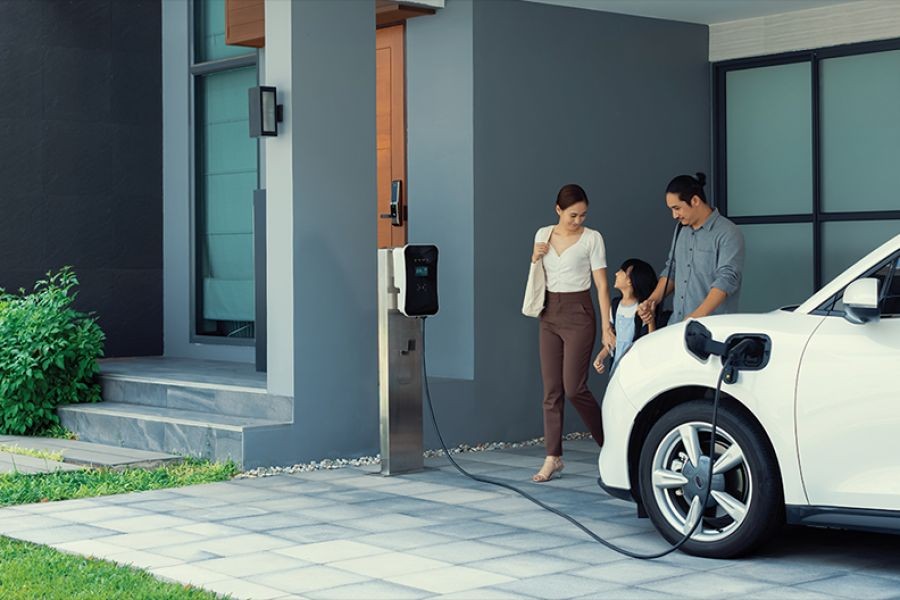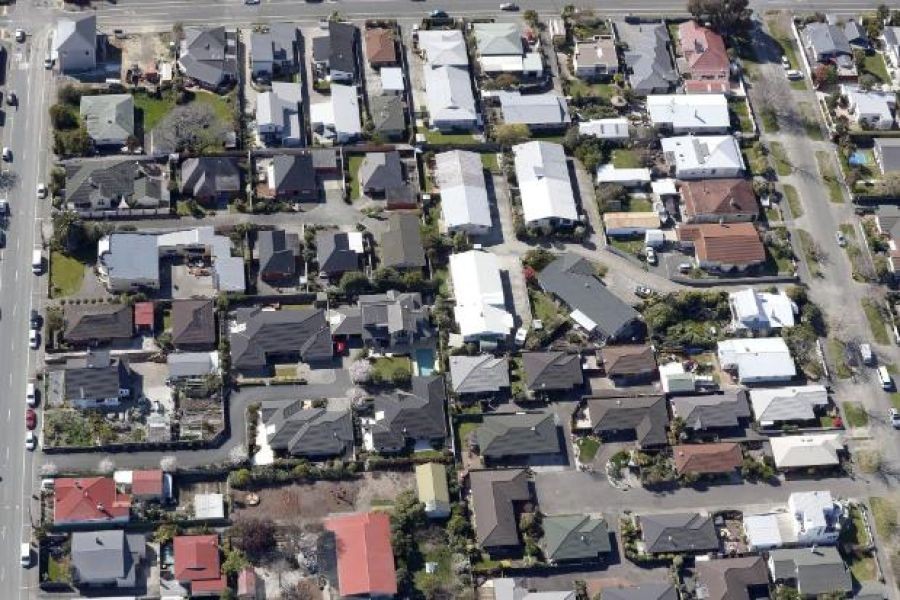Electric vehicles (EVs) are becoming increasingly popular in Australia, riding the wave of global environmental consciousness and local policy shifts. However, one intriguing aspect of the EV revolution is the discrepancy between maintenance costs and insurance premiums. While EVs are generally cheaper to maintain, they often come with higher insurance costs. Understanding this financial dichotomy is crucial for property investors, real estate experts, and the broader Australian audience eyeing the evolving landscape of sustainable transportation.
The Maintenance Advantage: Why EVs Are Economically Savvy
One of the most significant benefits of owning an EV in Australia is the reduced maintenance cost. According to the Australian Bureau of Statistics (ABS), the annual maintenance expenditure for EVs is approximately 30% lower than that for traditional internal combustion engine (ICE) vehicles. This cost efficiency stems from several factors:
- Fewer Moving Parts: EVs have fewer components subject to wear and tear, such as no engine oil, fewer fluids, and no exhaust system, resulting in less frequent and less costly repairs.
- Regenerative Braking: This technology reduces brake wear by converting kinetic energy back into stored energy in the battery, extending the lifespan of brake pads.
- Government Incentives: The Australian government provides various subsidies and incentives, such as reduced registration fees and rebates, further lowering the cost of EV ownership.
The Insurance Conundrum: Why EVs Cost More to Insure
Despite these maintenance savings, EV insurance premiums are notably higher. Data from the Insurance Council of Australia indicates that EV insurance can be up to 20% more expensive than that for comparable ICE vehicles. Several factors contribute to this disparity:
- High Repair Costs: While maintenance is cheaper, the cost of repairing EVs can be significantly higher due to specialized parts and limited repair facilities.
- Battery Replacement: The battery is the most expensive component of an EV. Damage to the battery can lead to costly replacements, driving up insurance premiums.
- Technology Complexity: Advanced technology, such as autonomous driving features, increases the risk and cost of repairs.
Case Study: Tesla’s Impact on the Australian Market
Problem: Tesla, a leading EV manufacturer, faced the challenge of penetrating the Australian market dominated by traditional vehicles.
Action: Tesla implemented a strategic approach by partnering with Australian companies like Atlassian and securing government incentives to promote EV adoption.
Result: Tesla's market share in Australia increased by 15% within two years, with a significant boost in urban areas where EV infrastructure was rapidly developed.
Takeaway: Tesla's success underscores the importance of strategic partnerships and government collaboration in promoting EV adoption.
Pros and Cons of EV Ownership in Australia
Pros:
- Environmental Benefits: EVs produce zero emissions, contributing to Australia's climate goals.
- Cost Savings: Lower fuel and maintenance costs make EVs financially attractive in the long run.
- Future-Proofing: As Australia moves towards renewable energy, EVs align with the national energy strategy.
Cons:
- High Initial Cost: EVs are generally more expensive to purchase than ICE vehicles, though this gap is narrowing.
- Charging Infrastructure: While improving, Australia's EV charging network still lags behind global standards.
- Insurance Costs: As discussed, the higher insurance premiums can offset some of the savings from reduced maintenance.
Debunking Common Myths About EVs
Myth: EVs have limited range and are impractical for long distances.
Reality: Modern EVs, such as the Tesla Model S, can travel over 600 kilometers on a single charge, making them suitable for long journeys.
Myth: Charging an EV is inconvenient and time-consuming.
Reality: Rapid charging stations can recharge an EV to 80% in just 30 minutes, and home charging solutions provide overnight convenience.
Future Trends and Predictions
The future of EVs in Australia looks promising, with significant growth expected over the next decade. The Australian Energy Market Operator (AEMO) predicts that by 2030, EVs will comprise 50% of all new car sales. This shift will be driven by advancements in battery technology, reduced vehicle costs, and expanded charging infrastructure.
Additionally, as technology evolves, insurance models may adapt to reflect the actual risks associated with EVs, potentially reducing premiums. The integration of AI and telematics could provide insurers with more accurate data, leading to personalized and potentially lower insurance rates.
Final Takeaways and Call to Action
The dual nature of EV ownership—lower maintenance costs but higher insurance premiums—presents both opportunities and challenges for Australians. As the nation moves towards a greener future, understanding these dynamics is crucial for making informed decisions.
Real estate experts and investors should consider the implications of increasing EV adoption on property values and infrastructure needs. For individuals and businesses, the decision to transition to EVs should factor in both the immediate and long-term financial impacts.
Join the conversation: How do you see EVs shaping the future of transportation and real estate in Australia? Share your thoughts and experiences in the comments below!
People Also Ask
- How does EV adoption impact real estate in Australia? EV adoption can increase property values in areas with robust charging infrastructure and promote the development of EV-friendly communities.
- Are there any government incentives for EV buyers in Australia? Yes, the Australian government offers various incentives, including rebates and reduced registration fees, to promote EV adoption.
Related Search Queries
- EV maintenance costs vs. ICE vehicles Australia
- Why is EV insurance expensive?
- Government incentives for EVs in Australia
- Future of electric vehicles in Australia
- Impact of EVs on Australian real estate market































Pizza Lachine
4 months ago